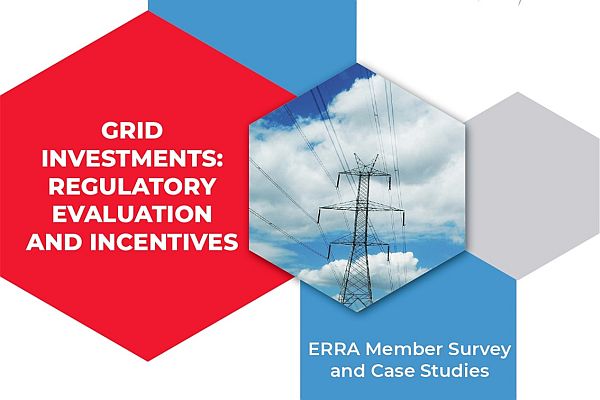
Executive Summary
This report examines how energy regulators evaluate grid investment plans and implement incentives to ensure efficient and timely introduction of critical electricity infrastructures. Building on previous ERRA EMER Committee work, and on a deep survey of 13 ERRA regulators, it provides a comprehensive analysis of regulatory approaches across multiple jurisdictions, both EU and non-EU, offering insights into current practices and emerging trends. Five in-depth case studies are examined in chapter 5.
The context
Electricity grids across jurisdictions are facing concurrent challenges of integrating growing renewable energy capacity, accommodating increasing electricity demand, and high reliability standards at both transmission and distribution levels. To address these challenges, smart grid technologies present viable solutions for optimizing existing infrastructure while enabling enhanced demand-side management and seamless renewable integration.
However, implementing these technologies requires significant investment, which necessitates regulatory frameworks that carefully balance the need to enable necessary infrastructure development while protecting consumers from unnecessary costs. As part of this balancing act, cost-benefit analysis methodologies are evolving beyond traditional metrics to capture broader economic, environmental, and social benefits.
Complementing these technical and economic considerations, effective stakeholder engagement throughout the planning process has emerged as an essential element for successful grid development projects, ensuring that diverse perspectives are considered, and potential obstacles are identified early.

